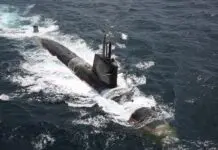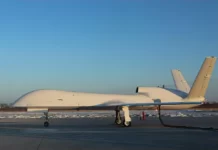One of the latest updates on the project that involves the incorporation of 72 Artillery Vehicles to equip the Armored Artillery Groups of the Argentine Army provides additional details about the force’s decision when selecting the Elbit Systems ATMOS over the KNDS (Nexter) CAESAR as the candidate for its future wheeled VCA.
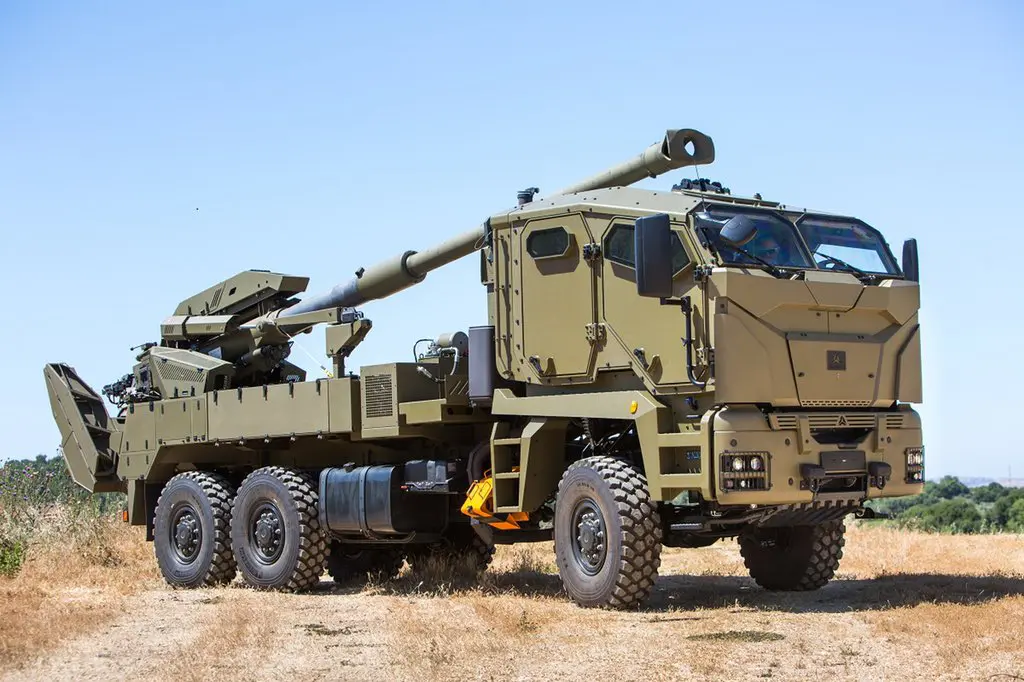
The Technical Qualification Report dated March 11th of 2024 addresses general aspects of the Army’s project as well as technical issues regarding the VCA M109 KAWEST and ATMOS. It also delves into the current requirement and the urgent need to equip the artillery branch with modern equipment. Another notable point is the mention of the amount that will be required for the investment, totalling $144,108,777,600 Argentine pesos (approximately $160 million USD at the current exchange rate).
From the options evaluated, the Army considered two combinations: Option A, consisting of M109 KAWEST and ATMOS; and Option B, with M109 KAWEST and CAESAR. The American VCA and the wheeled VCA will not only replace decommissioned and still in-service equipment but will also become standard issue equipment (as in the case of the ATMOS) for the units that make up the Rapid Deployment Force.
The desired situation by the latest PLANCAMIL is for the Argentine Army to be equipped with 72 self-propelled artillery combat vehicles in 4 artillery groups, with 18 units per unit, “…with the Rapid Deployment Forces being the most urgent to equip. The current reality is that the self-propelled artillery firing capacity is lost (sic), with no suitable means to replace it…”.
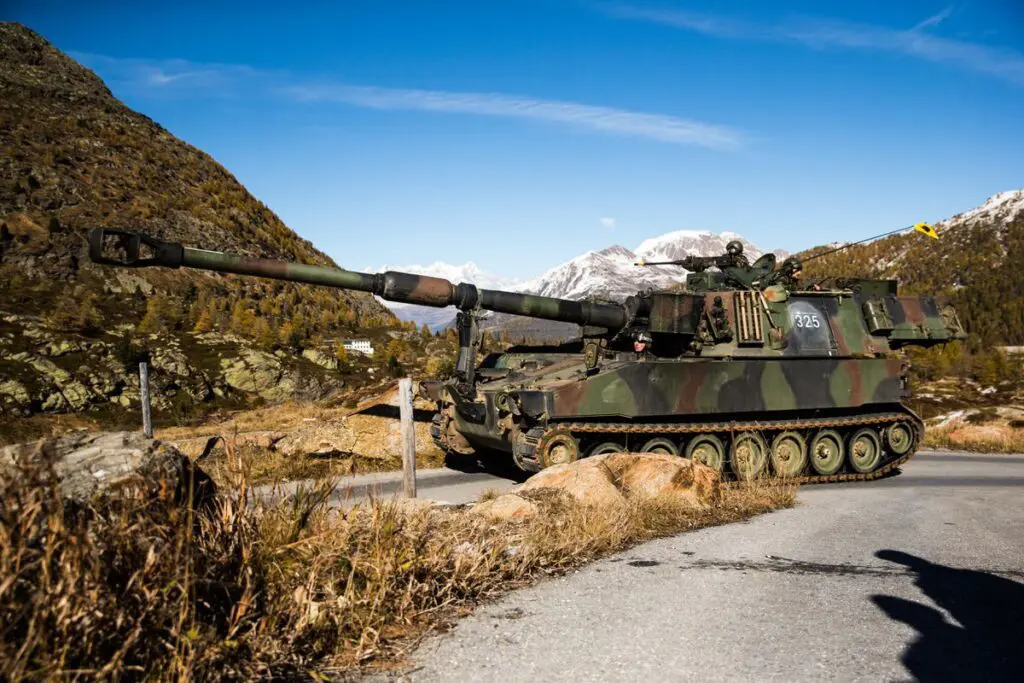
The report adds that “…currently, the 2 Artillery Groups of the Argentine Army that are part of the Rapid Deployment Force have only 3 SOFMA-CITER 155mm towed artillery pieces available “as a palliative measure”, with a maximum range of 20 km…”, highlighting that these mentioned artillery pieces do not have an autonomous targeting system, nor a semi-automatic loading system that allows them to take firing positions and engage targets quickly, from the move or from another position.
The disadvantages of the towed 155mm equipment imply that the operation time cannot be reduced to less than 20 minutes, “…even under elevated training conditions, which implies a high risk of exposure to enemy counterattacks if there is a response. In summary, the self-propelled artillery firing capacity possessed by the Argentine Army is completely null in modern combat, regardless of the contribution that the palliative means used in terms of fire saturation may provide…”.
The objective of the project is for the Argentine Army to recover and increase the fire saturation capacity of the artillery branch with self-propelled vehicles in order to “…provide 47.22% immediate coverage to Strategic Value Objectives…”.
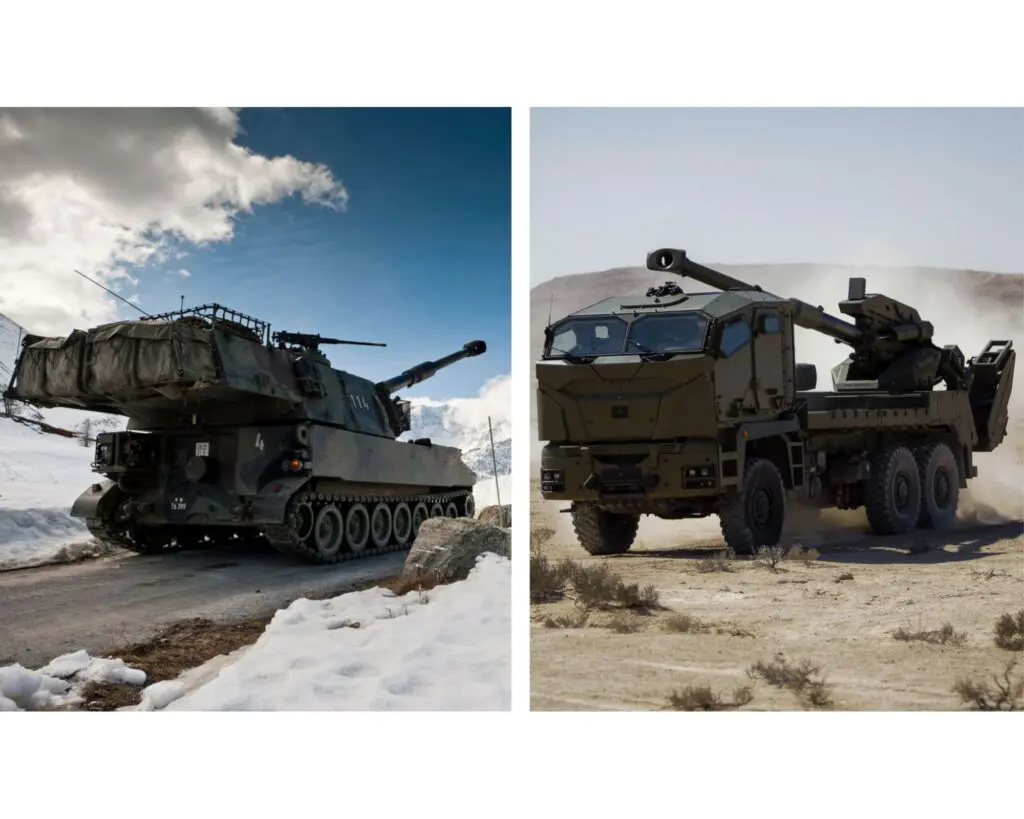
The Elbit ATMOS Wins Over the KNDS CAESAR
According to the analyses carried out, the M109 KAWEST/ATMOS combination prevailed over the CAESAR for various reasons. The report mentions that “…in qualitative terms, a weighting matrix has been developed where a series of variables have been assessed, establishing scores, leading to the following conclusions…”.
1- Regarding the characteristics of the used vehicle, the ATMOS option is much more advantageous than the CAESAR option, standing out for its autonomy in kilometers and its structural dimensions relevant to air transport. The local evaluation also considers it feasible to use a 6×6 platform produced by Iveco, a company that has a strong presence in the country.
2- In terms of industrial and production aspects, it is considered that the conditions surrounding the ATMOS are much more advantageous than those of the CAESAR. Among the notable points mentioned is the possibility of installing an assembly and maintenance center, taking advantage in part of the experience that the Army and Elbit have accumulated in recent years with the TAM 2C-A2 project.
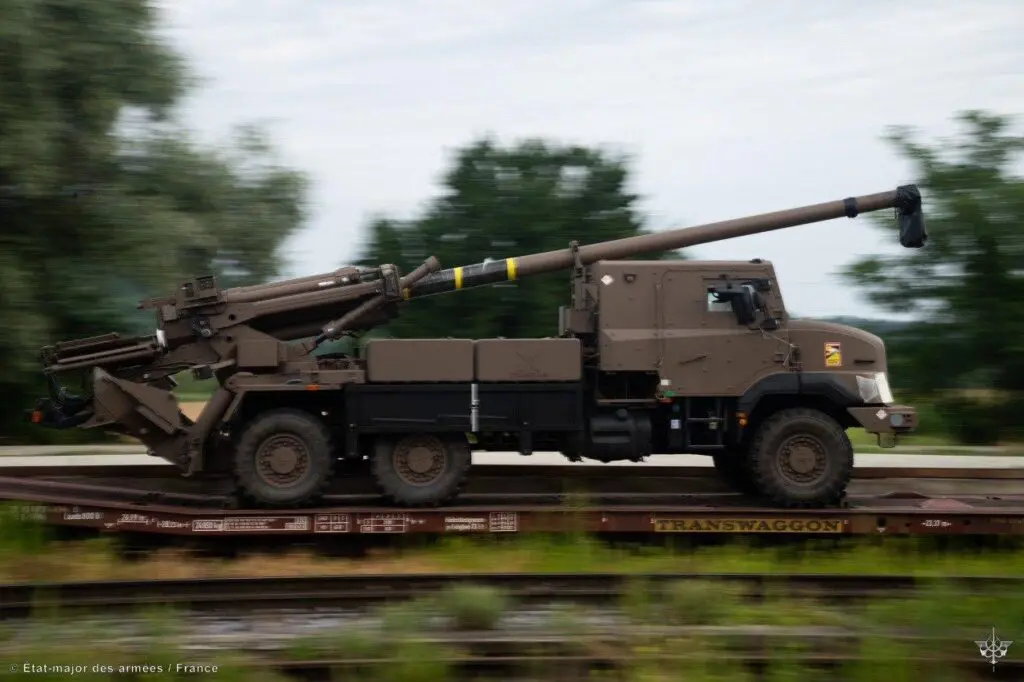
3- The ATMOS also demonstrated a more advantageous position regarding Military Strategic aspects. The Israeli VCA stands out for the characteristic of ammunition technology, “…as the ATMOS technology is open, while the CAESAR technology is closed…”.
4- Considerations regarding logistical support also favor the ATMOS, as Elbit’s VCA demonstrated greater ease in replenishing components and supplies, highlighting as an example the tires, which are nationally marketed.
5- Last but not least, Elbit would offer better financing conditions than KNDS (Nexter). “…The possibility of ATMOS is much more advantageous than the CAESAR option, highlighting the possibility of acquiring it through a government-to-government agreement, reducing the execution risks of the project in terms of purchasing through an international public tender…”.
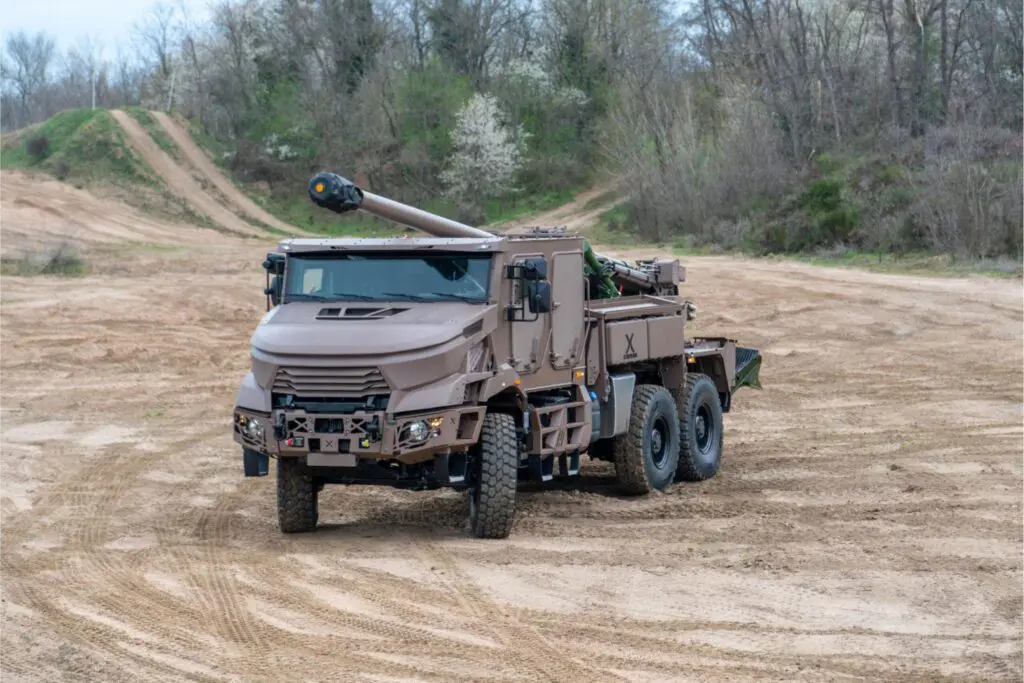
Another point in favor, considering regional integration in this case, is that the ATMOS was recently selected by the Brazilian Army under the VBC OAP 155mm SR program. The initial agreement would include the delivery of two initial units and a second batch of 34 vehicles.
With a significant number of projects in the pipeline, and with the urgent need to recover and incorporate capabilities, the arrival of the new Artillery Combat Vehicles will add to initiatives such as the Wheeled Armored Combat Vehicle (with the Stryker as a candidate), medium utility helicopters, among others.
Illustrative cover image. Credits: KNDS; Elbit Systems
You may also like: After the F-16 – The Argentine Navy still seeks and analyzes alternatives to incorporate submarines in the short term








